
Ancient City of Polonnaruwa, World heritage site
- The World Heritage site, the ancient city of Polonnaruwa is the must-visit place on your journey in Sri Lanka. The most number of buildings in the ancient city of Polonnaruwa has built by King Parakramabahu the Great. He designed Polonnaruwa as a complete city by constructing the king’s palace and administration building with an auditorium, the various religious buildings centered on Alahana Pirivena (a medieval centre of learning for monks), and the unique irrigation complex based on Parakrama Samudraya (sea of Parakrama) that waters the city as well as the surrounding plains.
This cultural treasure Polonnaruwa is a part of the “Cultural Triangle” in Sri Lanka. It shows the interesting blend of the influence of south Indian Hindu culture on the Sinhala Buddhist art and architecture in the scattered shrines and monuments still venerated daily by devotees. The top sites you not to miss in your journey in Polonnaruwa are:
Northern Monuments
Gal Viharaya
A magnificent group of colossal statues of Lord Buddha was cut in a row from streaked granite rock originally known as Uttararama. This was the masterpiece of Sinhalese artistic achievement. The expressions of peace, serenity on the statues, and the consummate skills shown by the craftsmen will linger most of the visitors.
Rankot Vehera
The name “Rankot” means goldern-pinnacled. It was the largest stupa in Polonnaruwa with a height of 55 m. This stupa was founded by one of the queens of King Parakramabahu the great and completed by King Nissankamalla.
Alahana Pirivena complex
Alahana Pirivena was the centre of learning for monks. This complex consists of Badda Seema Prasada, Lankatilaka Pilimage, and Kiri Vehera
Badda Seema Prasada
Badda Seema Prasada was an assembly hall said to be 12 storied building used for reciting the common rules of discipline of the Vinaya ancient Bhikku hospital on the right side of this building. and Kirivehera Stupa parts
Lankathilaka Pilimage (image house)
This image house was completely made out of bricks and the outside of the wall decorated with carvings. A headless monolithic Buddha image of 12.49 m in height is inside this image house
Kiri Vehera
The most preserved and unrestored stupa in Sri Lanka. The stupa has unspoiled white plaster and that’s’ why it was named as Kiri (Milk) Vehera.
Ancient City
Sacred Quadrangle
The main focus of the ancient city area is Sacred Quadrangle (In Sinhala “Dala Maluwa”). It is the terrace of the tooth relic temples built by various kings ruled from Polonnaruwa. The sacred quadrangle is on a raised up platform bounded by a wall. It has contained 12 ancient buildings.
Atadage
The first tooth relic temple built by King Vijayabahu – I. It is said that this was built on 54 stone pillars and the relic was kept on the second floor. A few steps of the staircase to the second floor still can be seen. This is the only surviving building in Polonnaruwa built by King Vijayabahu – I.
Hatadage
The tooth relic temple said to be built by King Nissankamalla.
Polonnaruwa - Vatadage
A circular building with a diameter of 18 m. The uppermost platform containing a small stupa on the centre and 4 seated Buddha statues around it. The lower platform has a single entrance. The middle platform has four entrances facing the four cardinal points. The Buddha statues in the uppermost platform directly facing the four entrances. The moonstone and the guard stone at the entrance of the Vatadage have considered the best of their kind in Sri Lanka and masterpiece of Singhalese art tradition.
Nissanka Latha-Mandapaya
This beautiful architectural edifice has built by king Nissankamalla to listen to the religious texts being chanted. It is a stone-built structure only its foundation platform and highly ornate stone columns remain.
Thuparamaya
The well-preserved image house was built for the worship of the Buddha. This is a different architectural manifestation in comparison with the other image houses in Sri Lanka. It is considered as a stylistic derivation of the ancient architectural form called “Gnijakavsatha” described in Pali literature.
Gal Pota
The "stone book" is an enormous stone slab that has glowing inscriptions praising the work of King Nissankamalla. This 8 m long, 4 m wide 25 tonnes weighed stone slab dragged from Mihintale to Polonnaruwa
Sathmahal Pasada
This "Seven Storey Edifice" was a Buddhist stupa that perhaps reflects a rare architectural form that prevailing in the wider Asian region including the southeast during the late historic period that is exemplified by the Wat Phra That Hariphunchai in Lamphun, Thailand.
Shiva Devale No. 1
It is believed that this was built in the 13th century AD by south Indian invaders. This was constructed according to the south Indian architectural style with excellent stone carving.
Royal citadel Monuments
Vejayanta Pasada
This the King Parakramabahu’s administrative centre including his palace. According to the chronicle, it is a seven-story building and contained 1000 rooms. The gigantic brick walls of the auditorium and 40 intercommunicating rooms can still be seen.
Audience Hall
King Parakramabahu’s audience hall is located east of the royal palace that has gorgeous stone carvings. The perfectly engraved bas-relief friezes of elephants and majestically seated lions are on the stone base of this building.
Kumara Pokuna
The royal bathing pool and the remains of the water gardens of the royal palace beautiful places to watch.
Southern Monuments
Pothgul Vihara Statue
The statue carved on a large rock boulder near the Pothgul Viharaya. The majestic figure depicted on the statue is commonly known as a figure of King Parakramabahu the great but still not confirmed by the archaeologist.
Pothgul Vihara
This is the ancient library complex. It is Gedige type structure and consists of four small stupas surrounding a circular brick building on the central platform.
King Nissankamalla’s Council chamber
It is located close to the bund of the Parakrama Samudraya, the largest man-made ancient reservoir in Sri Lanka. Each pillar of this council chamber has an inscription indicating the seating arrangement of the respective ministers and state officials and their statues.
The ancient city of Polonnaruwa much of the same as the ancient city of Angkor in Cambodia that also belonged to the same period. Both being able to walk relatively freely through the temples, shrines, and ruins
- The World Heritage site, the ancient city of Polonnaruwa is the must-visit place on your journey in Sri Lanka. The most number of buildings in the ancient city of Polonnaruwa has built by King Parakramabahu the Great. He designed Polonnaruwa as a complete city by constructing the king’s palace and administration building with an auditorium, the various religious buildings centered on Alahana Pirivena (a medieval centre of learning for monks), and the unique irrigation complex based on Parakrama Samudraya (sea of Parakrama) that waters the city as well as the surrounding plains.
This cultural treasure Polonnaruwa is a part of the “Cultural Triangle” in Sri Lanka. It shows the interesting blend of the influence of south Indian Hindu culture on the Sinhala Buddhist art and architecture in the scattered shrines and monuments still venerated daily by devotees. The top sites you not to miss in your journey in Polonnaruwa are:
Northern Monuments
Gal Viharaya
A magnificent group of colossal statues of Lord Buddha was cut in a row from streaked granite rock originally known as Uttararama. This was the masterpiece of Sinhalese artistic achievement. The expressions of peace, serenity on the statues, and the consummate skills shown by the craftsmen will linger most of the visitors.
Rankot Vehera
The name “Rankot” means goldern-pinnacled. It was the largest stupa in Polonnaruwa with a height of 55 m. This stupa was founded by one of the queens of King Parakramabahu the great and completed by King Nissankamalla.
Alahana Pirivena complex
Alahana Pirivena was the centre of learning for monks. This complex consists of Badda Seema Prasada, Lankatilaka Pilimage, and Kiri Vehera
Badda Seema Prasada
Badda Seema Prasada was an assembly hall said to be 12 storied building used for reciting the common rules of discipline of the Vinaya ancient Bhikku hospital on the right side of this building. and Kirivehera Stupa parts
Lankathilaka Pilimage (image house)
This image house was completely made out of bricks and the outside of the wall decorated with carvings. A headless monolithic Buddha image of 12.49 m in height is inside this image house
Kiri Vehera
The most preserved and unrestored stupa in Sri Lanka. The stupa has unspoiled white plaster and that’s’ why it was named as Kiri (Milk) Vehera.
Ancient City
Sacred Quadrangle
The main focus of the ancient city area is Sacred Quadrangle (In Sinhala “Dala Maluwa”). It is the terrace of the tooth relic temples built by various kings ruled from Polonnaruwa. The sacred quadrangle is on a raised up platform bounded by a wall. It has contained 12 ancient buildings.
Atadage
The first tooth relic temple built by King Vijayabahu – I. It is said that this was built on 54 stone pillars and the relic was kept on the second floor. A few steps of the staircase to the second floor still can be seen. This is the only surviving building in Polonnaruwa built by King Vijayabahu – I.
Hatadage
The tooth relic temple said to be built by King Nissankamalla.
Polonnaruwa - Vatadage
A circular building with a diameter of 18 m. The uppermost platform containing a small stupa on the centre and 4 seated Buddha statues around it. The lower platform has a single entrance. The middle platform has four entrances facing the four cardinal points. The Buddha statues in the uppermost platform directly facing the four entrances. The moonstone and the guard stone at the entrance of the Vatadage have considered the best of their kind in Sri Lanka and masterpiece of Singhalese art tradition.
Nissanka Latha-Mandapaya
This beautiful architectural edifice has built by king Nissankamalla to listen to the religious texts being chanted. It is a stone-built structure only its foundation platform and highly ornate stone columns remain.
Thuparamaya
The well-preserved image house was built for the worship of the Buddha. This is a different architectural manifestation in comparison with the other image houses in Sri Lanka. It is considered as a stylistic derivation of the ancient architectural form called “Gnijakavsatha” described in Pali literature.
Gal Pota
The "stone book" is an enormous stone slab that has glowing inscriptions praising the work of King Nissankamalla. This 8 m long, 4 m wide 25 tonnes weighed stone slab dragged from Mihintale to Polonnaruwa
Sathmahal Pasada
This "Seven Storey Edifice" was a Buddhist stupa that perhaps reflects a rare architectural form that prevailing in the wider Asian region including the southeast during the late historic period that is exemplified by the Wat Phra That Hariphunchai in Lamphun, Thailand.
Shiva Devale No. 1
It is believed that this was built in the 13th century AD by south Indian invaders. This was constructed according to the south Indian architectural style with excellent stone carving.
Royal citadel Monuments
Vejayanta Pasada
This the King Parakramabahu’s administrative centre including his palace. According to the chronicle, it is a seven-story building and contained 1000 rooms. The gigantic brick walls of the auditorium and 40 intercommunicating rooms can still be seen.
Audience Hall
King Parakramabahu’s audience hall is located east of the royal palace that has gorgeous stone carvings. The perfectly engraved bas-relief friezes of elephants and majestically seated lions are on the stone base of this building.
Kumara Pokuna
The royal bathing pool and the remains of the water gardens of the royal palace beautiful places to watch.
Southern Monuments
Pothgul Vihara Statue
The statue carved on a large rock boulder near the Pothgul Viharaya. The majestic figure depicted on the statue is commonly known as a figure of King Parakramabahu the great but still not confirmed by the archaeologist.
Pothgul Vihara
This is the ancient library complex. It is Gedige type structure and consists of four small stupas surrounding a circular brick building on the central platform.
King Nissankamalla’s Council chamber
It is located close to the bund of the Parakrama Samudraya, the largest man-made ancient reservoir in Sri Lanka. Each pillar of this council chamber has an inscription indicating the seating arrangement of the respective ministers and state officials and their statues.
The ancient city of Polonnaruwa much of the same as the ancient city of Angkor in Cambodia that also belonged to the same period. Both being able to walk relatively freely through the temples, shrines, and ruins

 +39 - 39 - 307 6 3730
+39 - 39 - 307 6 3730 +94 - 74 - 000 9208
+94 - 74 - 000 9208

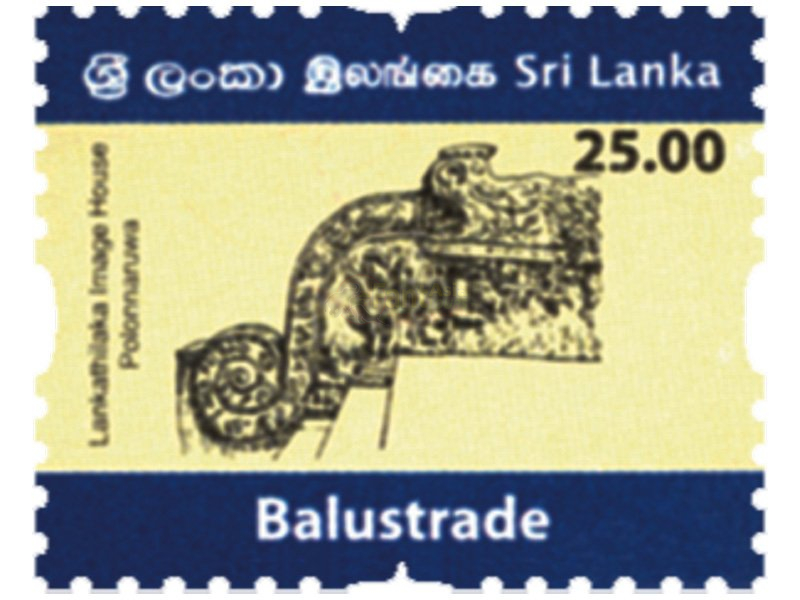
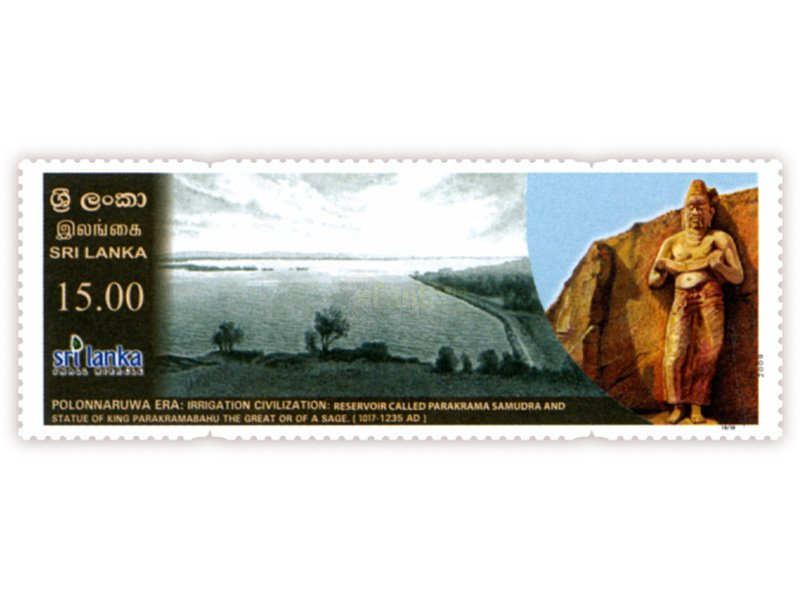
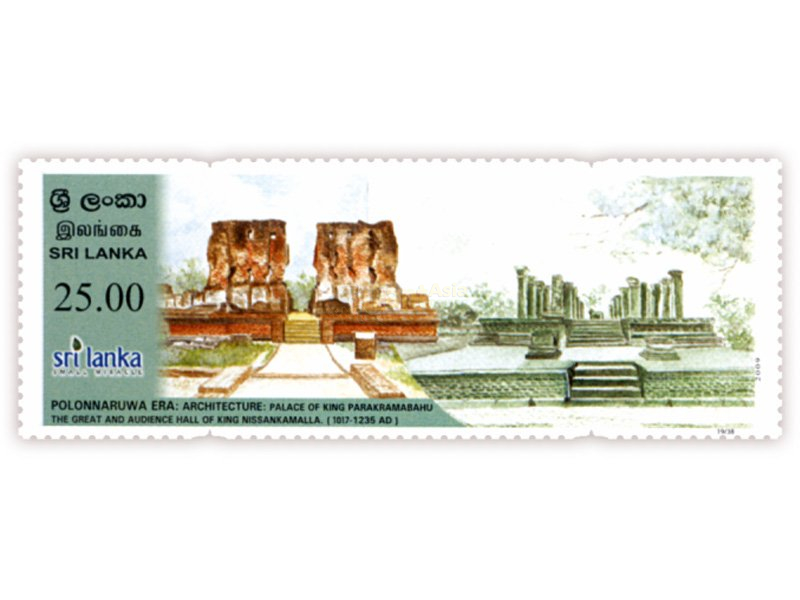
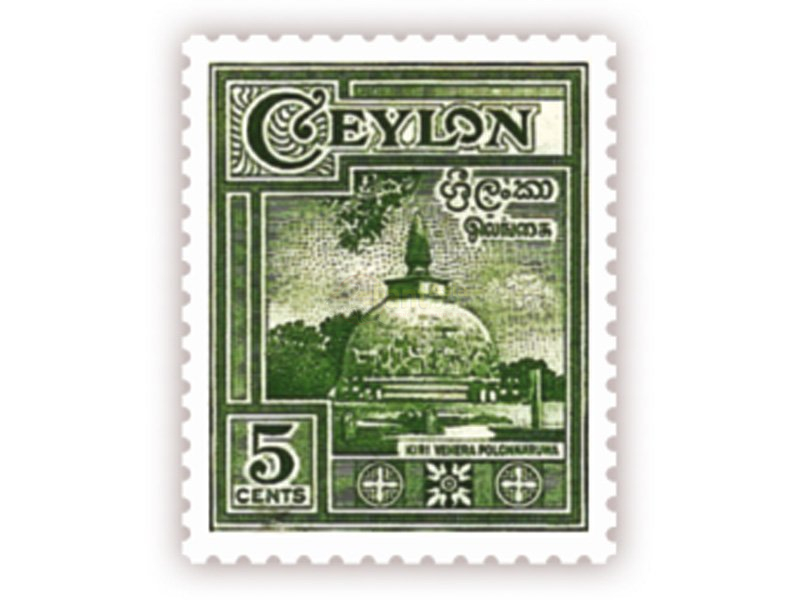
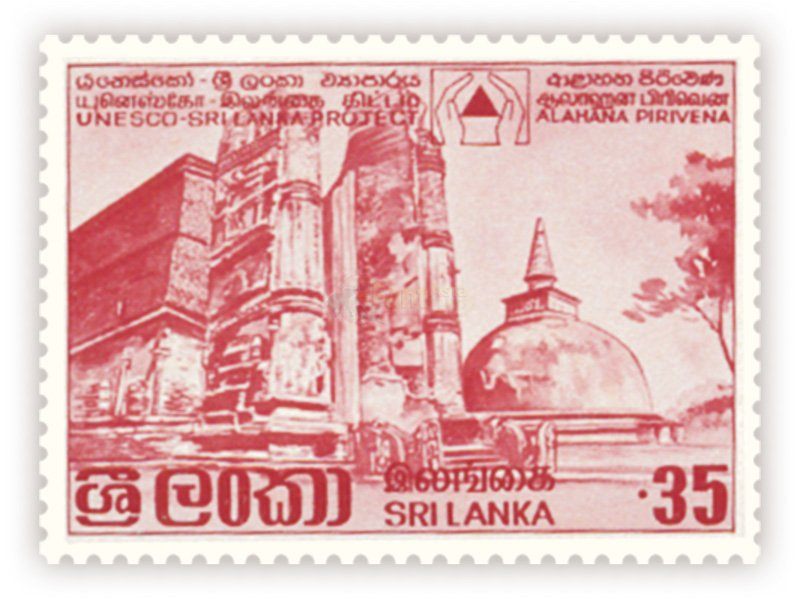
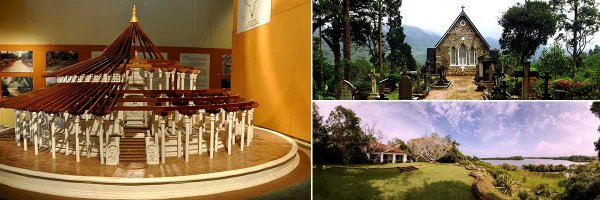

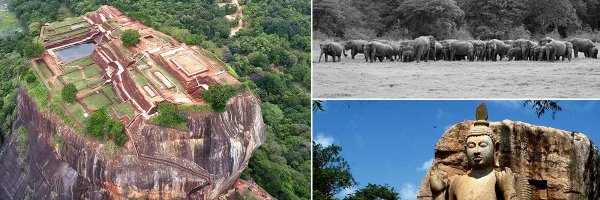
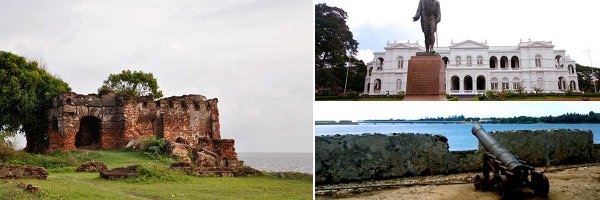
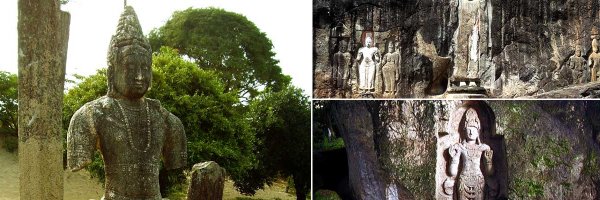

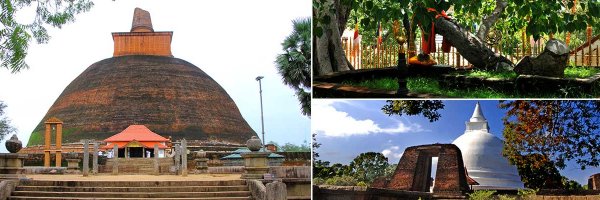

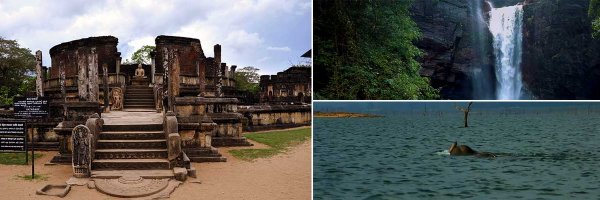




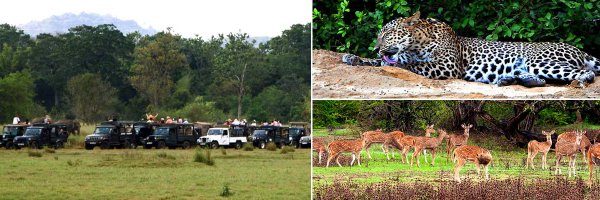
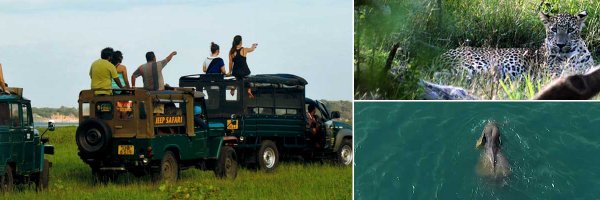
Share this page